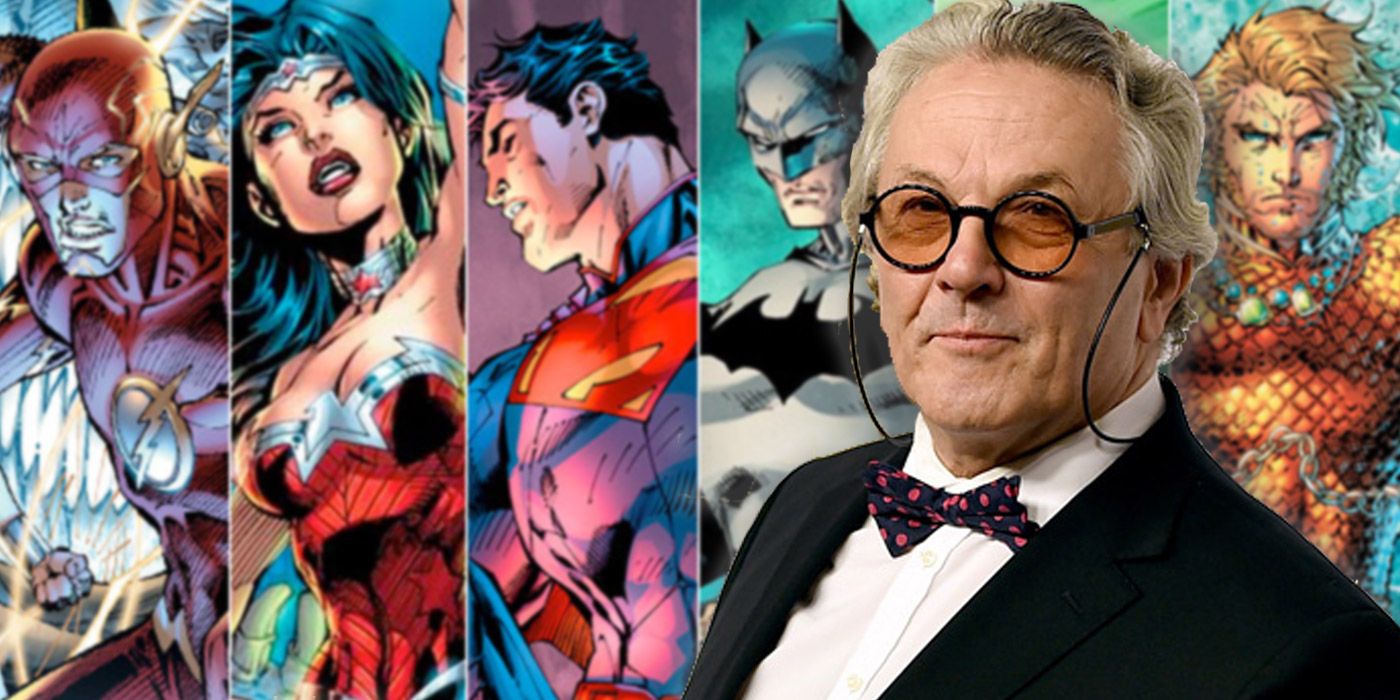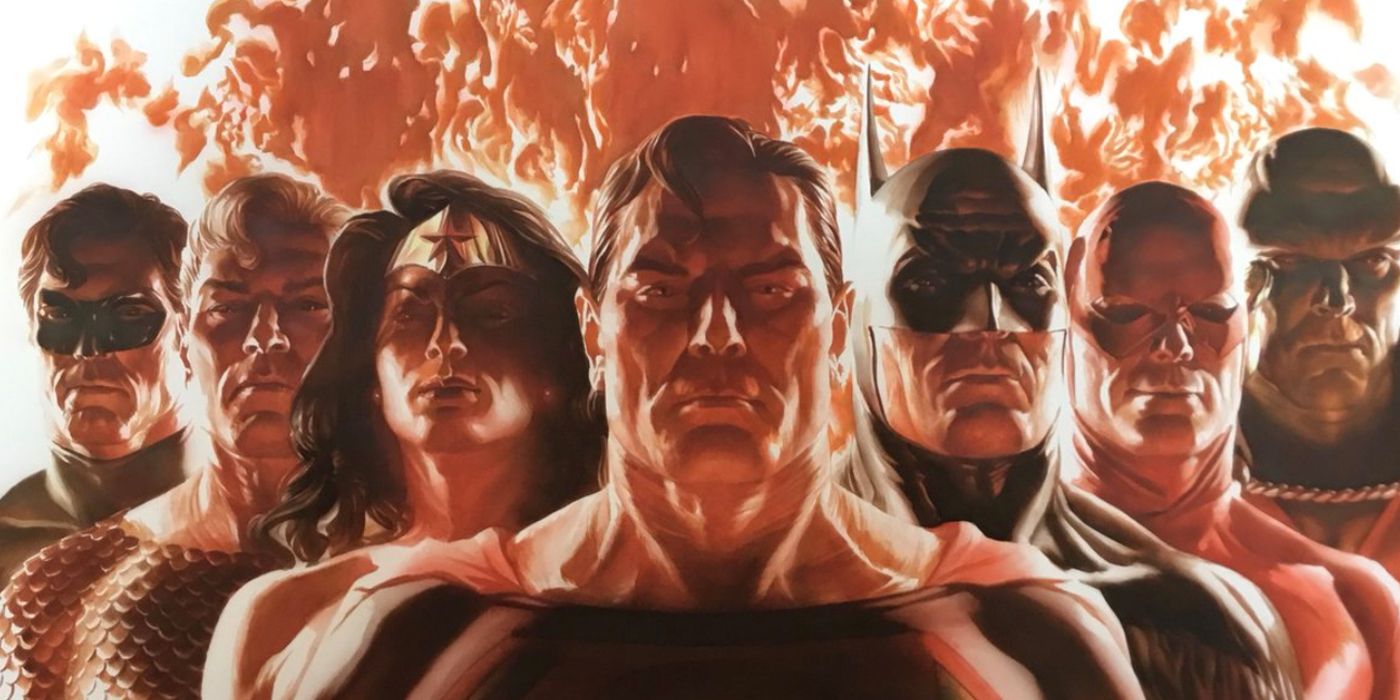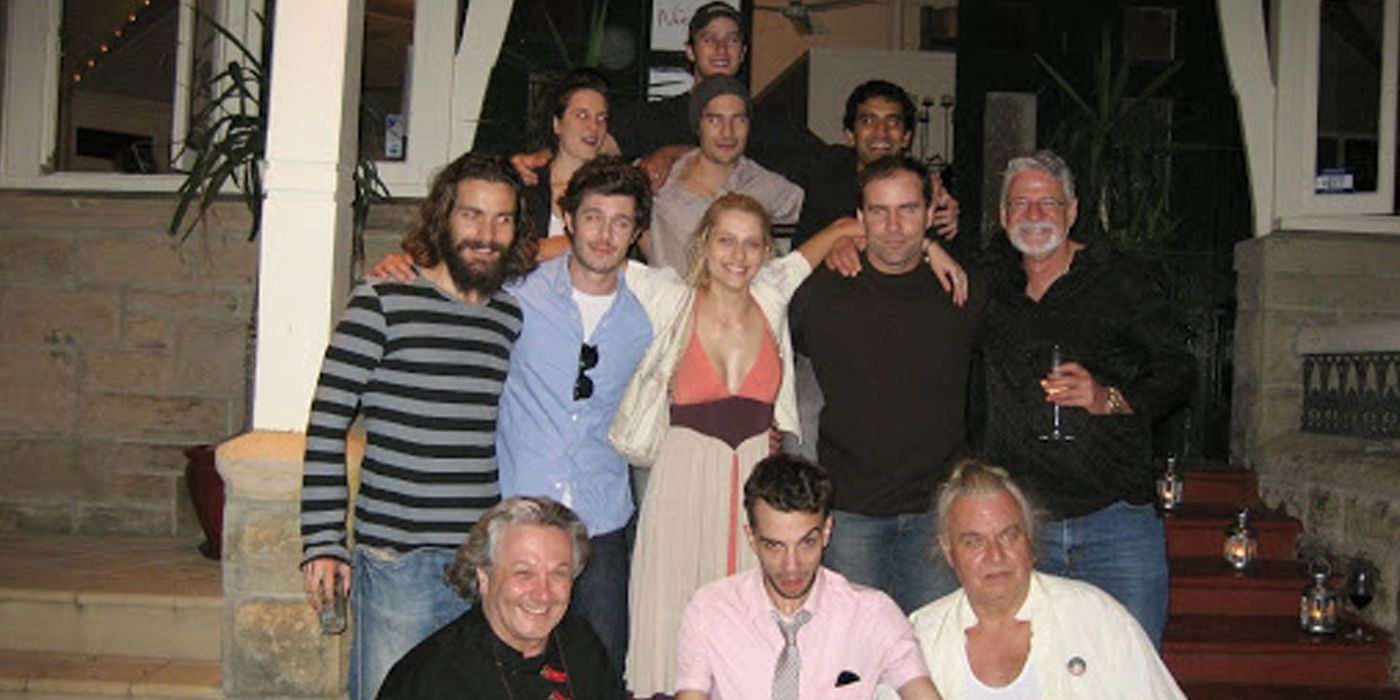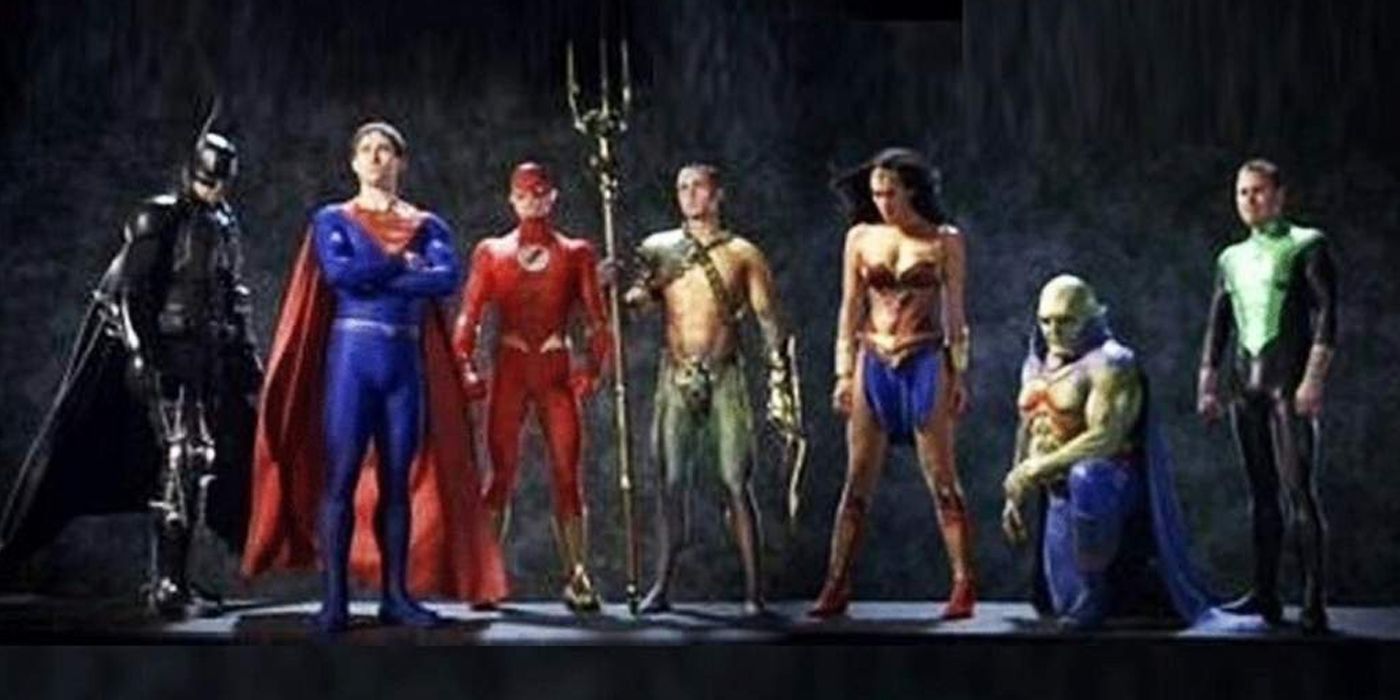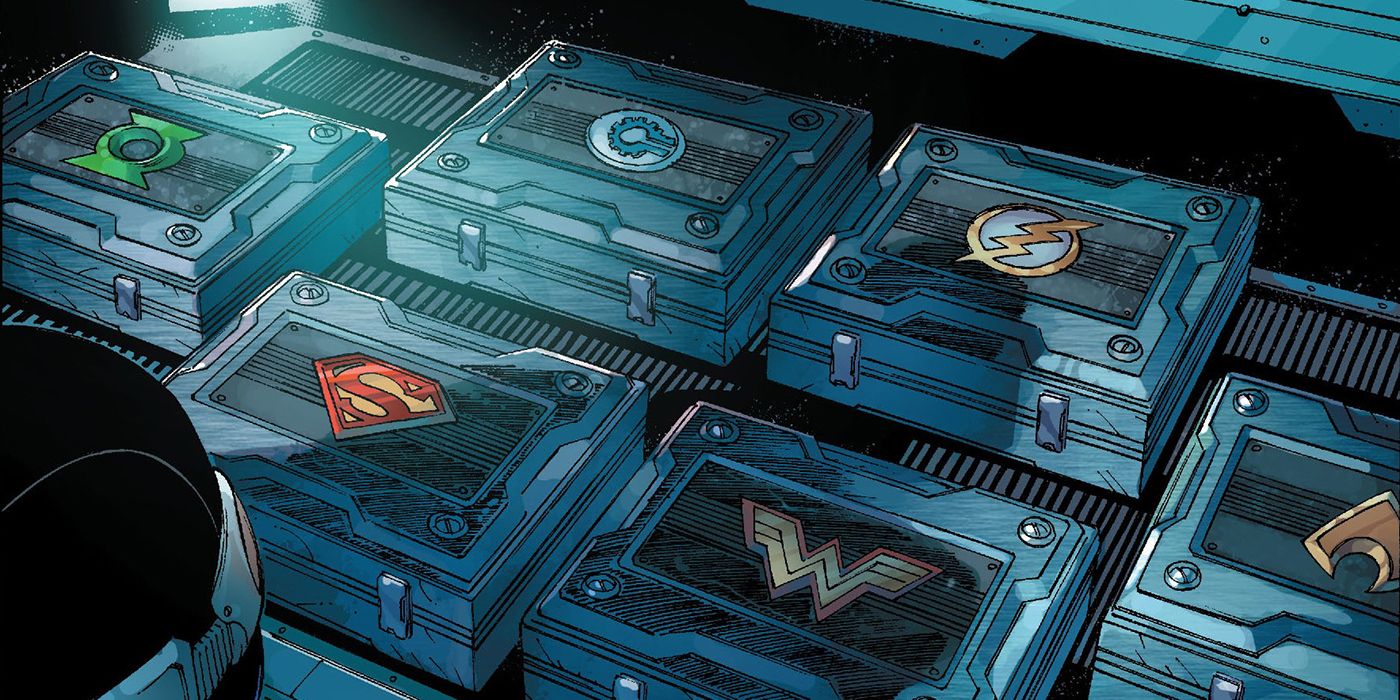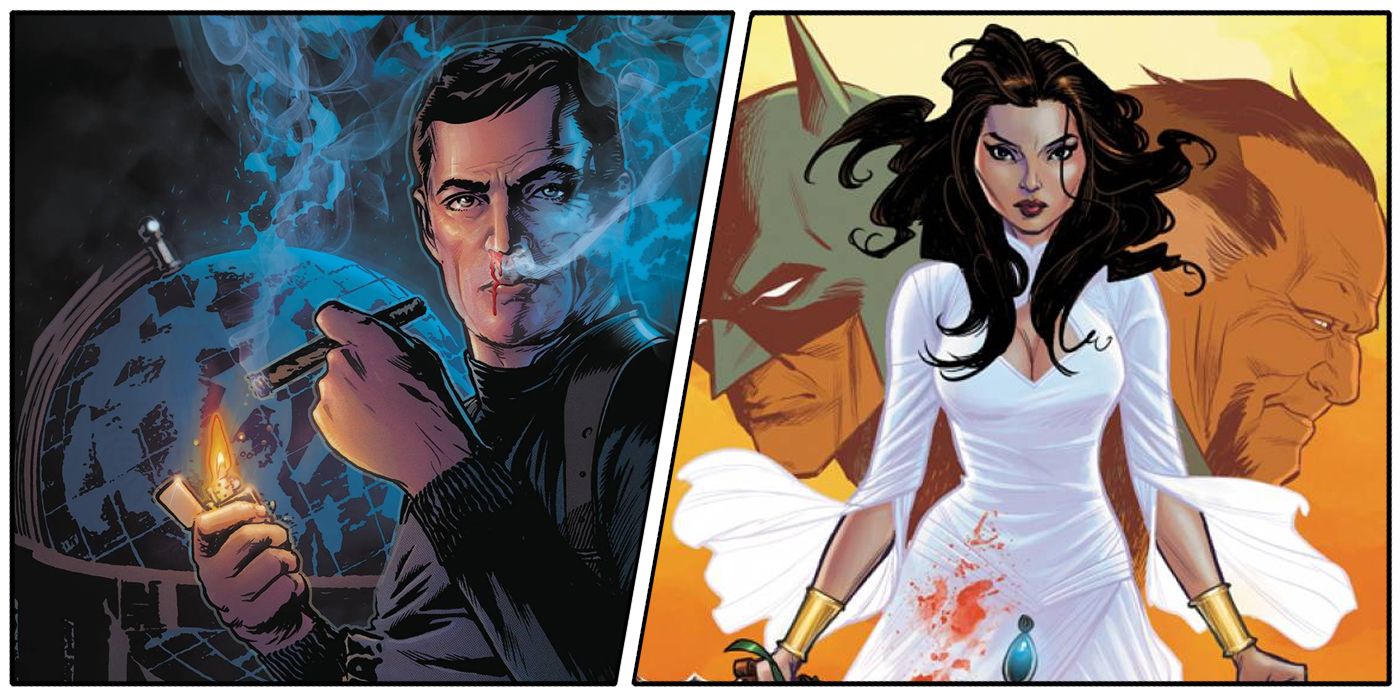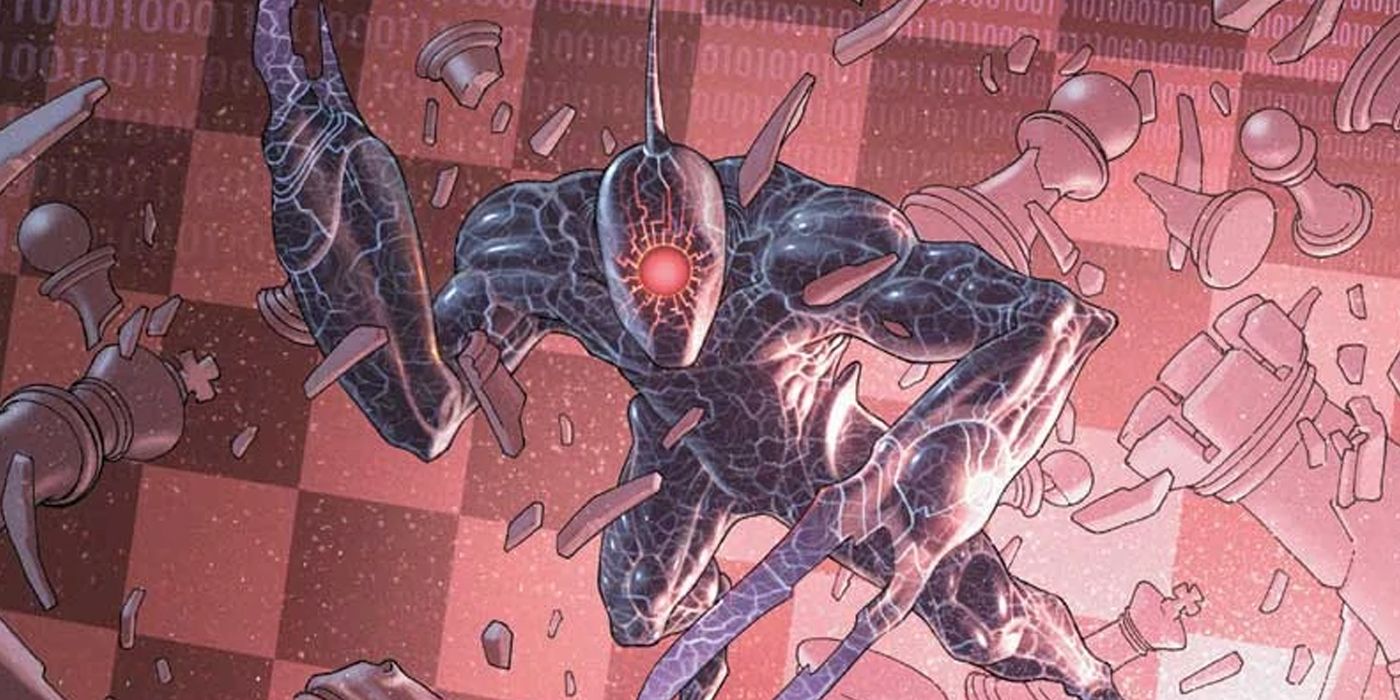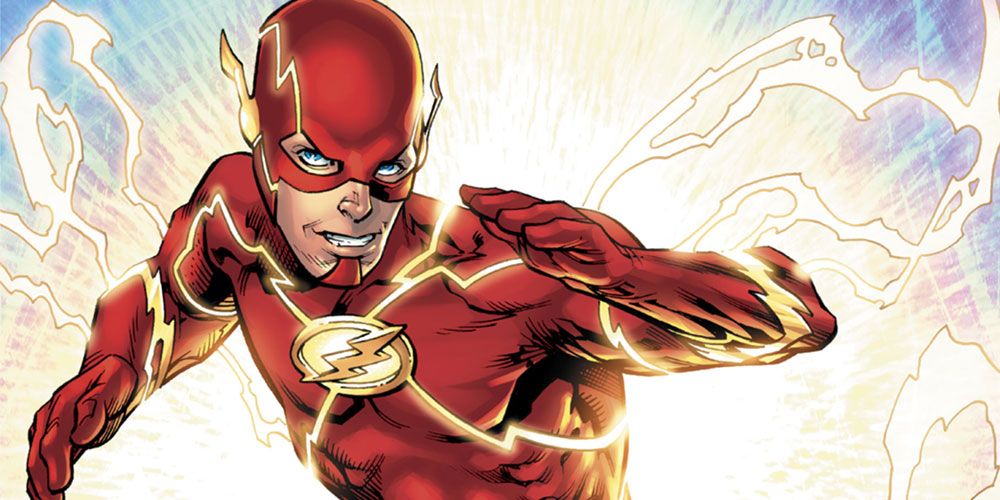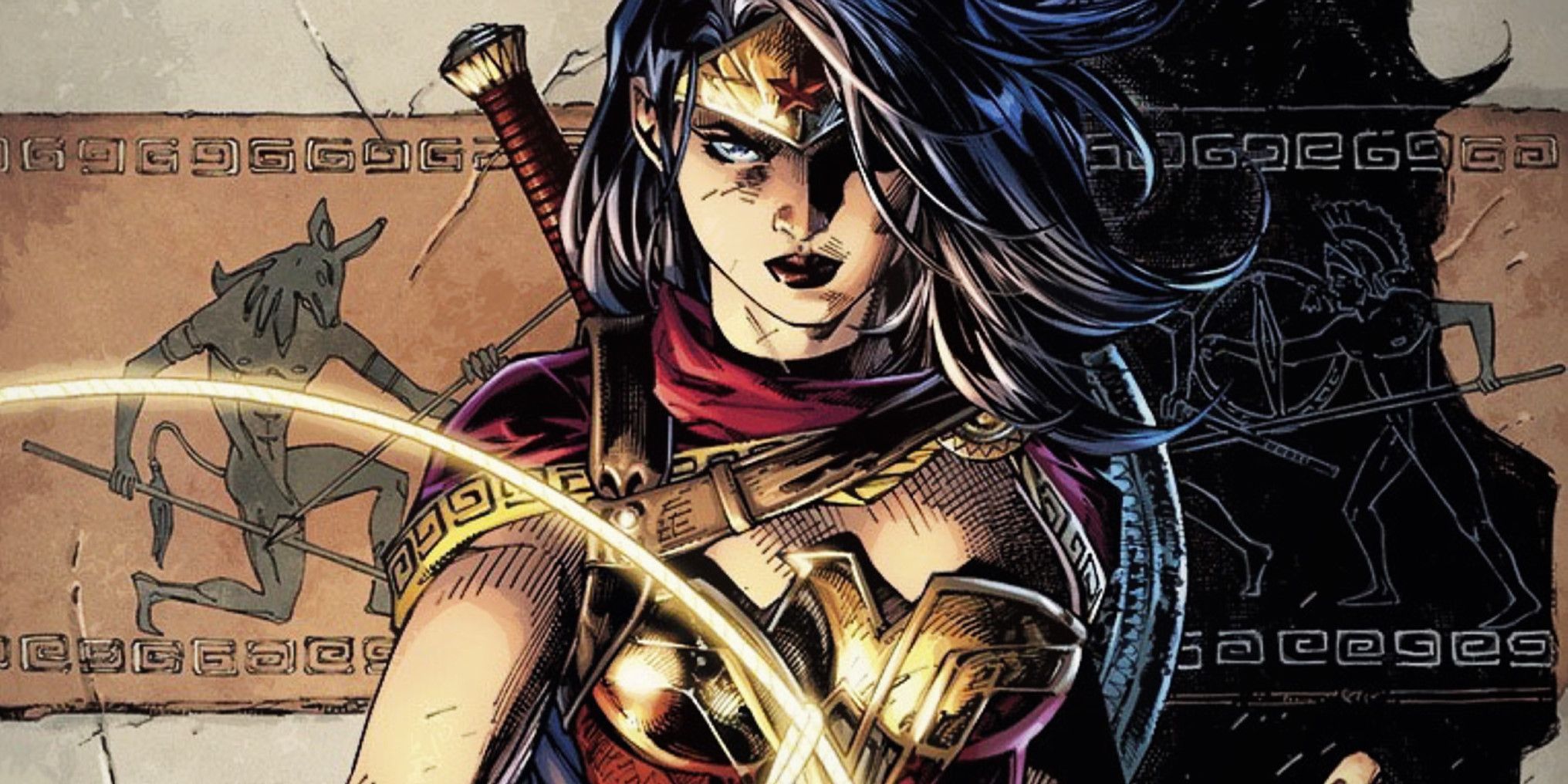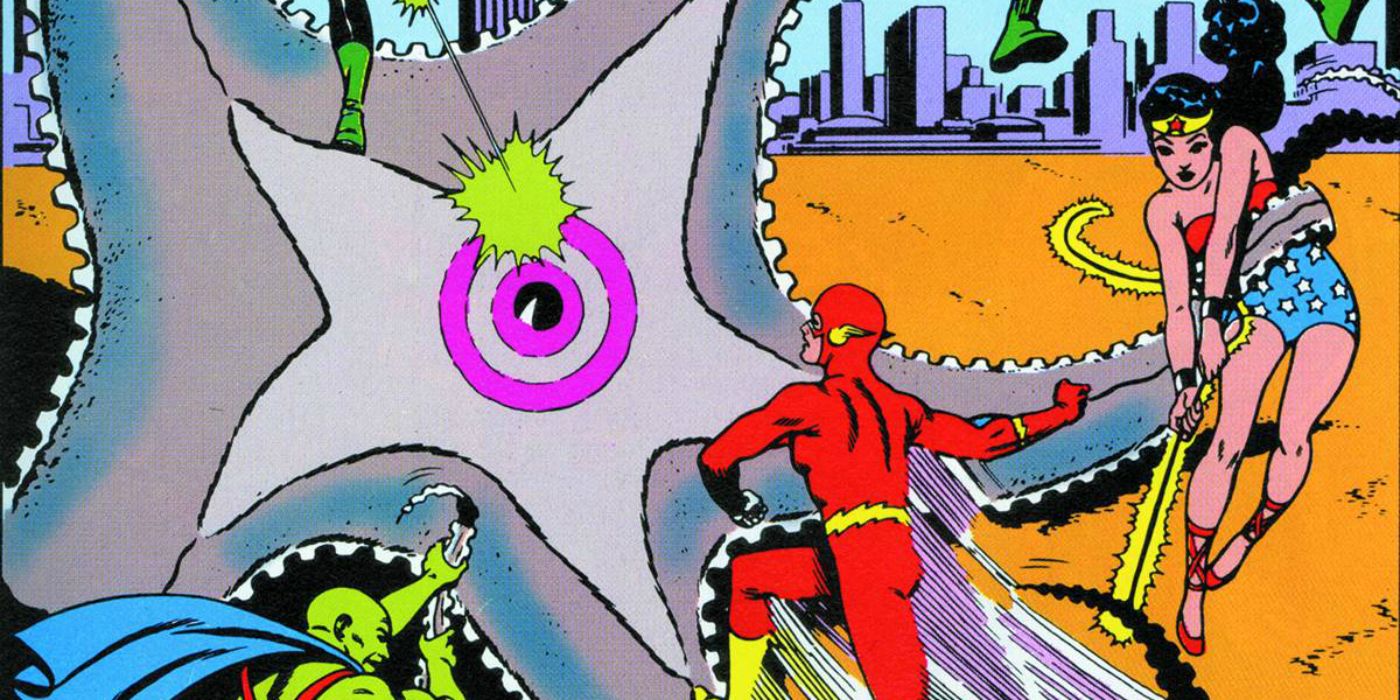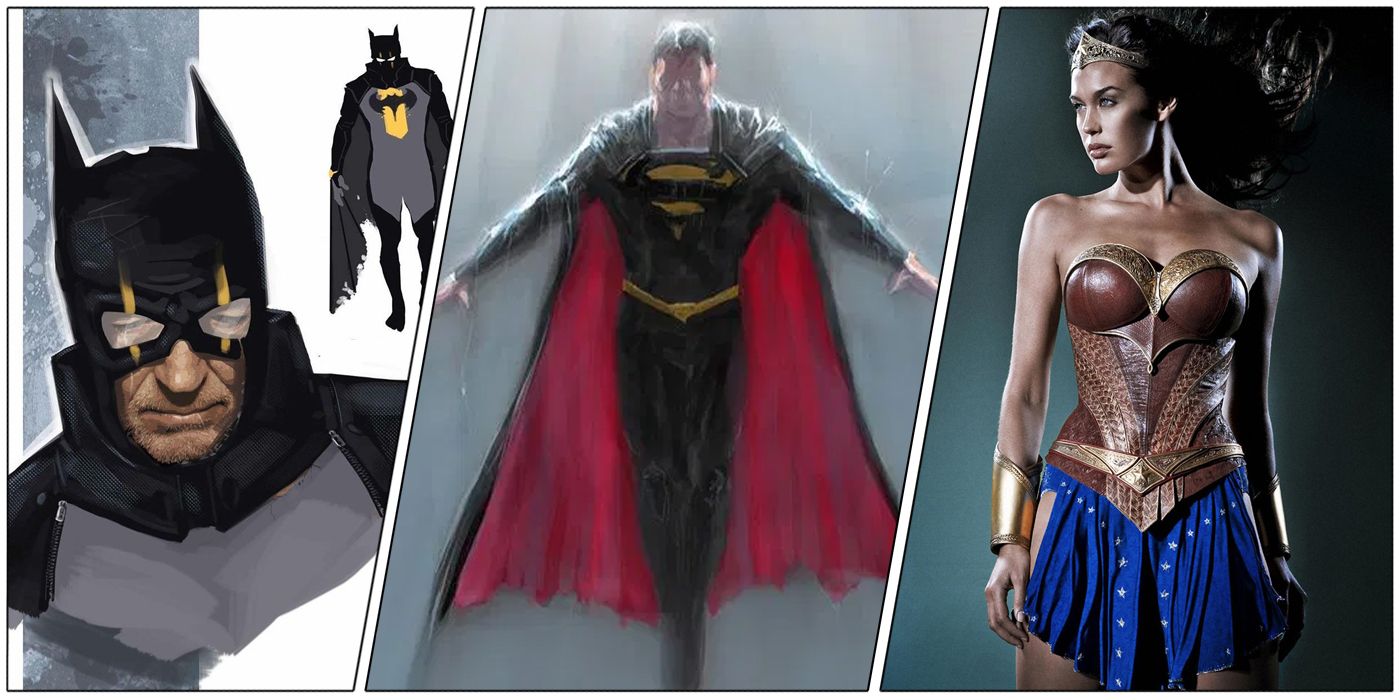Well before The Avengers or Justice League hit theaters, a DC shared cinematic universe was almost launched by George Miller (Mad Max: Fury Road) with Justice League: Mortal, a superhero epic that began production in 2007 and would have featured a larger roster of League members than fans got to see in the 2017 film.
While we haven't seen much officially released on the film, concept art, wardrobe tests and an online script have given fans a taste of the Justice League film that might have been, which we'll be taking a closer look at today as we explore George Miller's canceled Justice League: Mortal.
NO ORIGIN STORIES
What's really interesting about Miller's film is that while it serves as an origin for the Justice League itself, the various members are introduced well into their superhero careers with little explanation of their origins or even civilian identities, except for a few key characters.
The film spends most of the time with the characters in full costume in a series of action-heavy scenes that gave each character a moment to shine without diving into their histories. Provided the film resonated with fans, this would have been a perfect launching point for a franchise of team adventures that could have been spun-out into solo films.
THE LEAGUE WAS ENTIRELY CAST
While we mostly have rumors and remembered conversations to put a cast to most canceled superhero films, Justice League: Mortal was ready to move into production and had assembled the main cast for costume fittings and training.
Adam Brody was set to play Barry Allen/Flash, with Armie Hammer as Bruce Wayne/Batman, D.J. Cotrona as Superman, Megan Gale as Wonder Woman, Santiago Cabrera as Aquaman, Common as John Stewart/Green Lantern, and frequent Miller collaborator Hugh Keays-Byrne as Martian Manhunter.
COSTUMES WERE PRODUCED
As the film was so far into production before it was canceled, costumes for the entire League were created, and bits of concept art leaked out for years that teased Miller's take on DC greatest heroes. However, it wasn't until a grainy wardrobe test with actors and stand-ins was found that fans got a real look, though Armie Hammer has stated we have yet to see the final versions.
Justice League: Mortal was bookended with a superhero funeral as well, which also saw concept art created for entirely black versions of the League's costumes that would have been seen at the funeral of the League member that would be revealed throughout the story.
BASED ON THE "TOWER OF BABEL" STORYLINE
While the film was based on a few different comic storylines, the main conflict of the film comes from the JLA storyline "Tower of Babel", which featured a coordinated attack against the Justice League's weaknesses that came from a set of contingency plans created by Batman himself to use against the League should any member go rogue.
The film featured different variations of these attacks against the League Members that ultimately bring the League together before dealing with the larger threat. The main difference between the comic and film is that Ra's al Ghul had been somewhat replaced for Justice League: Mortal and the "plans" was information gathered by the Brother Eye satellite.
MAXWELL LORD AND TALIA AL GHUL WERE THE VILLAINS
The man who stole Batman's spy satellite, Brother Eye, would be revealed in Justice League: Mortal as Maxwell Lord, who would have been played by Jay Baruchel. Lord's storyline would be greatly influenced by the events that led up to Infinite Crisis in the comics, which saw Lord use his mental abilities to take over Superman and use him against the League.
Talia al Ghul was set to be played by Teresa Palmer, and her past associations with Batman would be instrumental in the theft of his satellite and the launch of Lord's attack. The climax of the film would see Lord's mind transferred into a computer which would then attempt to merge with Talia, who would die after attempting to free herself from Lord's control.
OMAC CYBORGS ALSO APPEARED
Maxwell Lord and Talia al Ghul weren't the only threat faced by the League in the film, as the cyborgs known as the OMAC's also appeared in the film. Lord's abilities and origins were connected to the OMAC project in the film, and the cyborgs were created by infecting normal people with nanotech, which would take over their bodies and turn them into weapons.
Lord was the owner of the Planet Krypton food chain in the film, which was actually a Kingdom Come easter egg, but he used the restaurants to infect the population with the nanobots, creating an OMAC army for the League to take on while also dealing with the threat of a mind-controlled Superman.
FLASH WAS THE REAL STAR OF THE MOVIE
While the film gave every member of the Justice League a good deal of screen time, it mostly followed the perspective of Brody's Barry Allen and featured a few of his supporting cast members like Iris Allen (played by Zoe Kazan) and Wally West (played by Anton Yelchin).
The funeral that began and ended the film would be revealed as Barry's, who sacrificed his life after Lord possessed his body to form a large OMAC creature. Barry's death mimicked his Crisis on Infinite Earths' sacrifice, and the film saw Yelchin's West not only battle alongside the League against the OMACS but later take over as the Flash when the League officially formed.
MOSTLY FAITHFUL TO THE COMICS
We've already mentioned storylines like Infinite Crisis, Crisis on Infinite Earths and The OMAC Project that influenced Miller's Justice League: Mortal, but there were a lot of story elements that were ripped straight from the comics, and a few that went against established character details.
Aquaman's character had his Waterbearer hand and there are many super-villain namedrops throughout the script, but there were a few moments that definitely took a departure from the comics, such as the moment Batman snaps Maxwell Lord's neck to free Superman from his control, which is done by Wonder Woman in the comics, as Batman doesn't kill.
ENDED ON A CLIFFHANGER
We've seen it done a few times with films like The Incredibles and The Amazing Spider-Man 2, which end their respective films just as another action-packed scene is about to unfold. This can be to tease the next film in the series and to highlight the never-ending battle superheroes face, and Justice League: Mortal had a similar ending.
After the funeral of Barry Allen, the heroes assemble at the Fortress of Solitude and officially form the Justice League when they are alerted to an incoming threat entering the atmosphere from space. The League assembled together to face the threat which would be revealed as Starro the Conqueror, a nod to the first villain faced by the Justice League in the comics. The End.
CANCELED BY A PERFECT STORM
There were a few contributing factors that led to the unfortunate (or fortunate, depending on your feelings on the cast) cancelation of George Miller's Justice League: Mortal, which included a fight over Australian tax credits and the shutdown caused by the Writer's Guild of America strike in 2008.
Of course, the film would have had issues moving forward anyway considering Brandon Routh's Superman Returns was still planning a sequel and Christopher Nolan's The Dark Knight franchise with Christian Bale was also underway, which meant Justice League: Mortal would potentially have featured different versions of these characters on the big screen at the same time.

